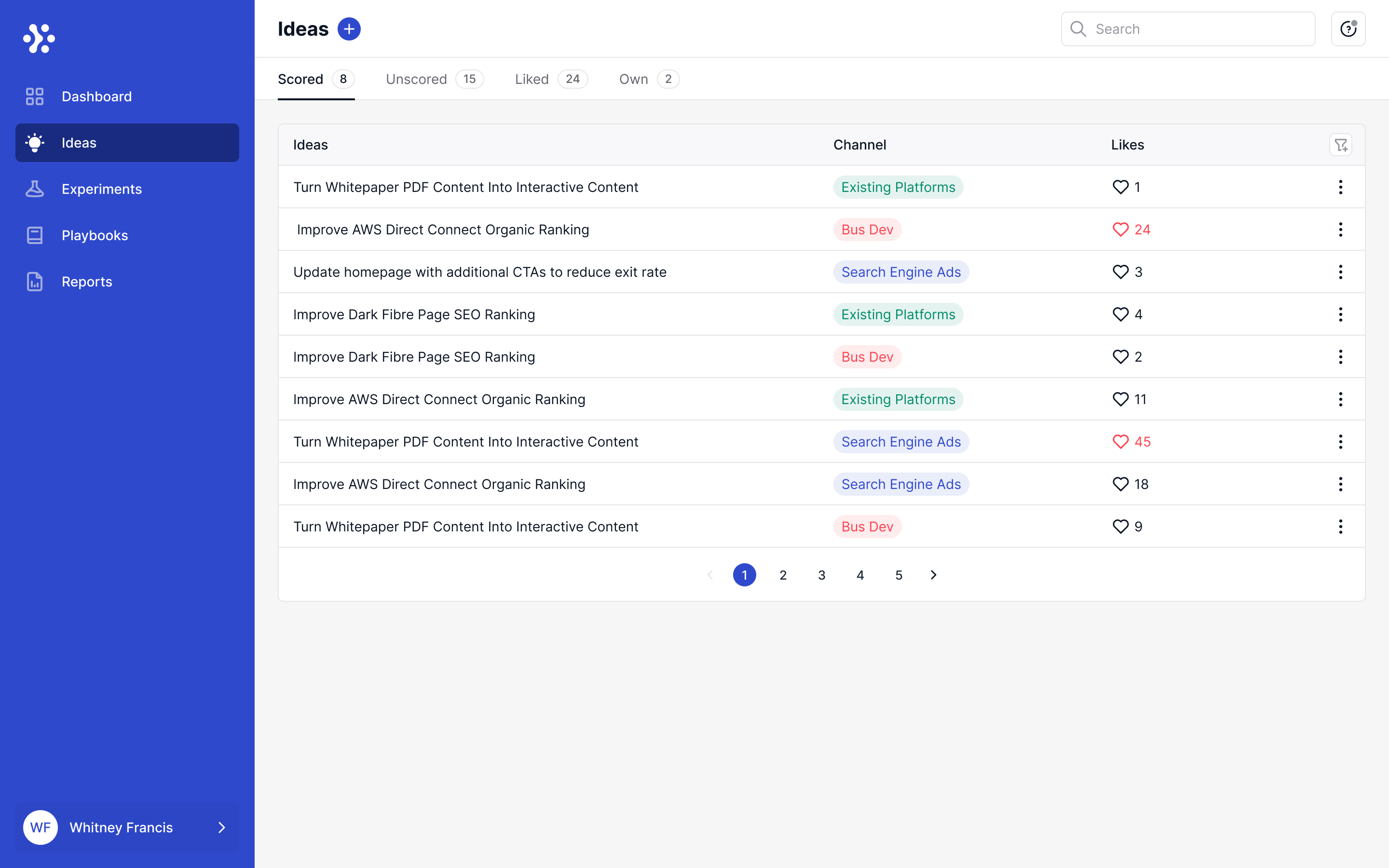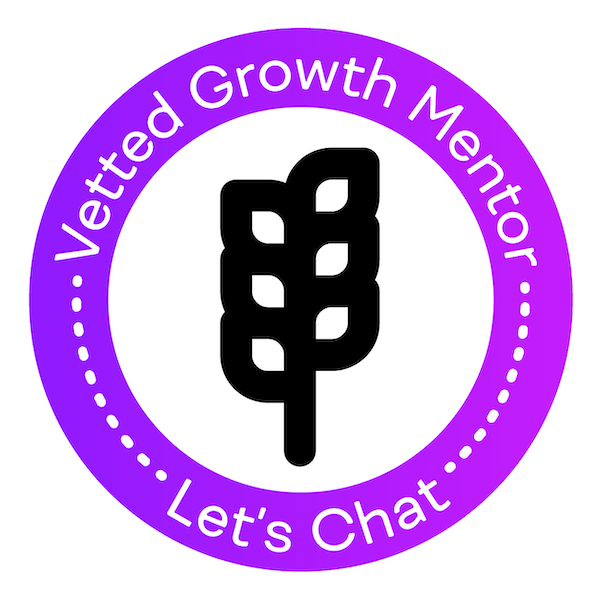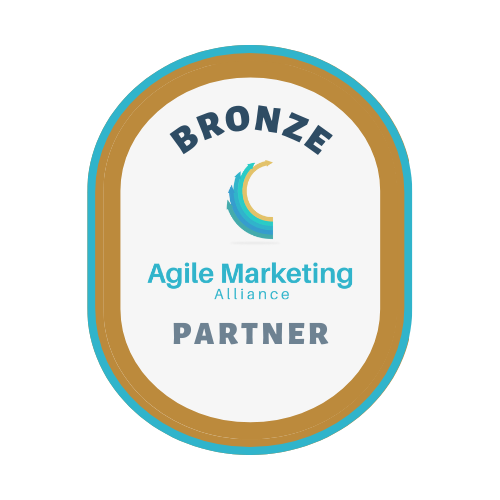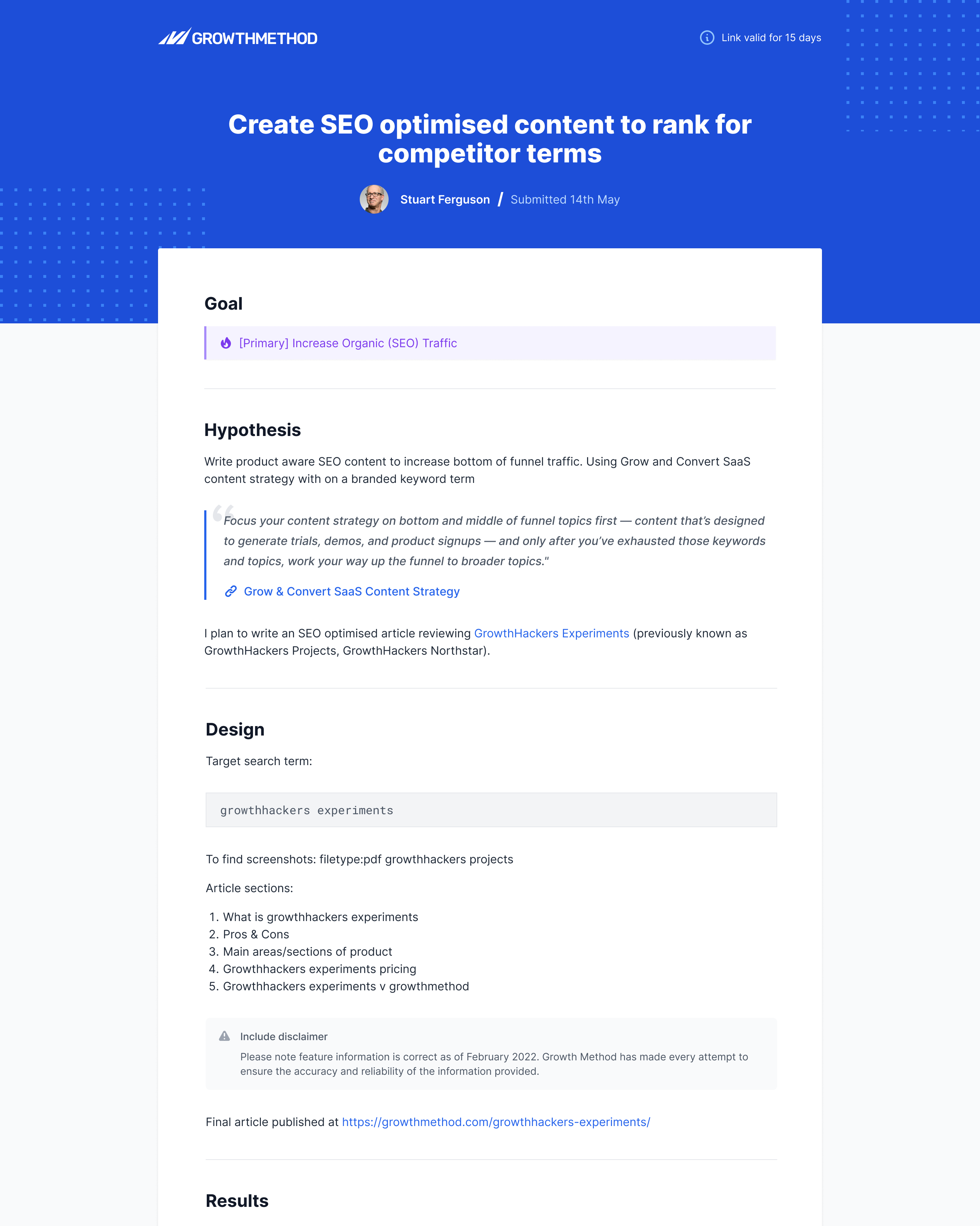What is an agile culture?
Article originally published in November 2023 by Stuart Brameld. Most recent update in April 2024.
Request a demo
Project management for growth and agile marketing professionals. Map your acquisition funnel, integrate analytics and run agile experiments.
Experiment results
Recent experiments results include competitor SEO, AI-driven content, exit-intent modals and AB testing homepage headlines.
Case study
"We are on-track to deliver a 43% increase in inbound leads this year. There is no doubt the adoption of Growth Method is the primary driver behind these results."
![]()
Certified
We are vetted mentors with Growth Mentor and a partner with the Agile Marketing Alliance.
Definition of an agile culture
An agile culture is a work environment that values flexibility, speed, and collaboration. It’s a culture where teams are empowered to make decisions, adapt quickly to changes, and continuously learn and improve. This culture is crucial in today’s fast-paced business world, as it helps companies stay competitive and respond swiftly to market changes.
Agile culture promotes a mindset of embracing change rather than fearing it. It encourages teams to experiment, iterate, and pivot when necessary, fostering innovation and creativity. This culture also places a high emphasis on customer feedback, using it as a tool to refine and improve products or services. By fostering open communication and transparency, an agile culture helps to build trust and accountability within teams, leading to higher productivity and better results.
How does an agile culture work?
An agile culture works by promoting flexibility, collaboration, and customer-centricity in marketing strategies. It encourages marketers to adapt quickly to changes in customer behavior, market trends, or business environments. Instead of sticking to rigid, long-term plans, marketers in an agile culture use iterative processes, testing, and data analysis to continuously improve their campaigns and tactics. They work in cross-functional teams, fostering open communication and shared responsibility. This approach allows them to respond swiftly and effectively to new opportunities or challenges, ultimately enhancing customer satisfaction and business performance.
An example of an agile culture
Growth Method, a fictional SaaS company, has an agile culture that is centred around continuous improvement and rapid response to change. The team is divided into small, cross-functional units, each with a mix of developers, designers, and marketers. These units work in short, focused sprints, typically lasting two weeks, where they aim to deliver a specific feature or improvement to the software.
At the start of each sprint, the team meets to plan their goals and tasks. They use a digital Kanban board to visualise their workflow, moving tasks from ‘to do’, to ‘in progress’, to ‘done’. This helps everyone stay on the same page and see how their work contributes to the overall goal.
Every day, the team has a stand-up meeting where they discuss what they did the previous day, what they plan to do today, and any obstacles they’re facing. This keeps communication open and problems are quickly identified and addressed.
At the end of each sprint, the team reviews their work, reflecting on what went well and what could be improved. They then plan the next sprint, using their reflections to inform their approach. This cycle of planning, doing, reviewing, and improving is at the heart of Growth Method’s agile culture.
In addition, Growth Method encourages a culture of experimentation. They regularly test new features and marketing strategies, using data to inform their decisions. If a test doesn’t deliver the expected results, they see it as a learning opportunity, not a failure. This mindset fosters innovation and continuous improvement, key elements of an agile culture.
Finally, Growth Method values customer feedback and uses it to inform their product development. They have a dedicated customer success team that communicates regularly with customers, gathering their feedback and sharing it with the rest of the team. This ensures that the software they’re developing is truly meeting the needs of their customers, and allows them to quickly adapt to changing customer demands.
Questions to ask yourself
As a modern growth marketing or agile marketing professional, ask yourself the following questions with regard to an agile culture:
- Am I ready to embrace change and adapt my marketing strategies quickly?
- Do I have a clear understanding of my customer’s needs and how to meet them in an innovative way?
- Am I willing to experiment, learn from failures, and continuously improve?
- Do I have the right tools and technologies to support an agile marketing approach?
- Am I fostering a collaborative environment where everyone’s ideas are valued and considered?
Other articles you might like
Here are some related articles and further reading on agile culture you may find helpful.
About Growth Method
Growth Method is the growth platform designed for experiment-led and data-driven marketers.

Learn more at on our homepage, connect with me on LinkedIn or Twitter, or book a call here.


